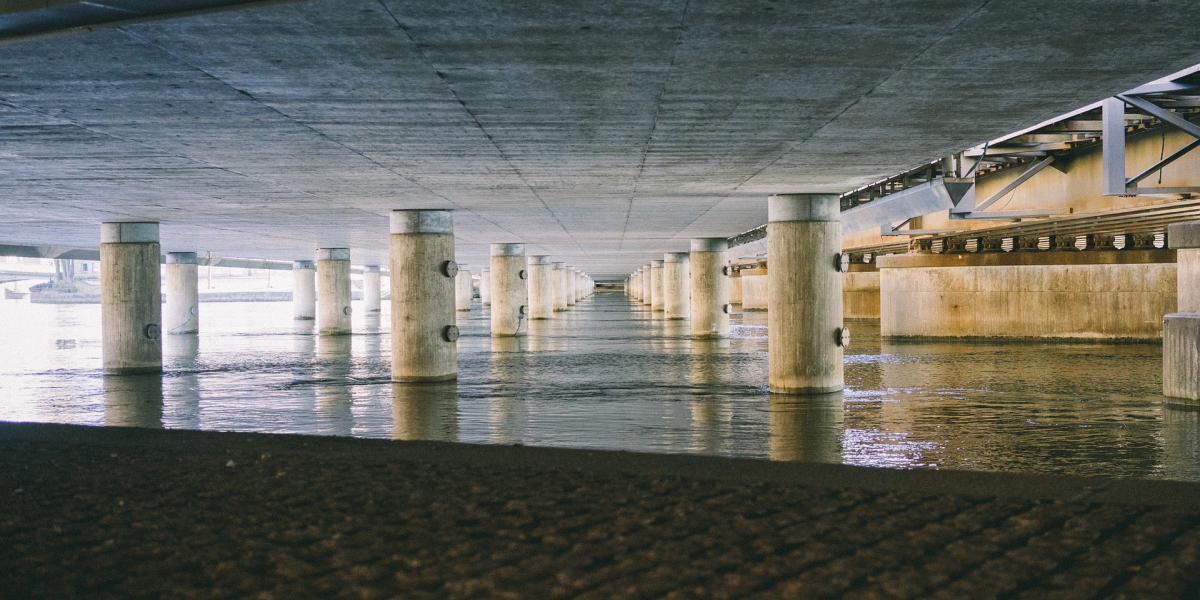
June 15, 2017
By Heather Semotiuk
Insights from Blue Cities 2017 Conference
Canadian municipalities are exploring exciting new ways to provide water and stormwater services to their communities. At Blue Cities 2017, we heard from the municipalities who are adapting within a changing industry by providing their citizens with increased value from efficient, sustainable services. Below we list the top 5 examples:
1) Full-cost pricing is seen as essential for sustainable service delivery. In our report, New Solutions for Sustainable Stormwater Management in Canada, we discuss the potential of a dedicated stormwater user fee to build a more financially sustainable stormwater system. Other cities and regions, such as York Region, will reach full-cost pricing for all water and wastewater systems by 2021. Full-cost pricing of water and/or stormwater systems should address the increasing infrastructure deficient being experienced by most communities and can allow for proactive planning and innovative, cost-effective asset management strategies.
2) Should stormwater be integrated with water and wastewater utilities? Jury is still out. Our previous trends were all applicable to both stormwater and water service providers. While it may seem relevant to integrate the two, a stormwater utility typically requires different staff, tools and expertise than metered water and wastewater systems. Cities who are looking to sustainably manage stormwater should recognize these differences and plan to undertake a comprehensive process that could determine whether or not a separate stormwater utility is appropriate.
3) Cities need policy avenues that allow for pilot project implementation. While conference attendees almost unanimously supported full-cost pricing, one attendee expressed concern that full-cost pricing would eliminate a key driver of innovation: the limited budget. While service providers were sympathetic, they felt that the true way to stimulate innovation was to reduce the lengthy environmental assessments and regulations that limited their ability to conduct pilot projects or test new methods in a timely (but still responsible) manner. Cities can address this burden for innovative water and stormwater projects by reviewing their approval processes, eliminating any undue barriers, and finding ways to encourage pilot projects.
4) Greater sustainability can be achieved with a more holistic view of water and stormwater issues. In one session, a utility executive made a compelling case for a holistic view of water quality indicators – a challenge for both water and stormwater services – through performance-based water quality regulations. Performance based regulations would allow their utility to choose a more cost-effective upgrade to their pipe network, instead of an expensive treatment plant upgrade. This executive’s vision, however, still relied entirely on grey infrastructure, even though natural systems and natural assets can play an important role in addressing water quality concerns. In fact, the incorporation of natural components was conspicuously absent throughout much of the conference. Outside of Blue Cities, our Municipal Natural Assets Initiative highlights municipalities that use nature to support many of their municipal services, particularly water and stormwater services. As more cities take a holistic view of water issues, current concerns regarding the use of natural assets for water and stormwater quality and quantity will hopefully be addressed.
5) Infrastructure can be a launching point for innovative customer engagement efforts. In general, there is a disconnect between customers and the water or stormwater infrastructure they rely on. York Region, Ontario conducted a poll and found that some residents are unsure if their tap water is safe to drink (it is) and many do not know how much they pay for water. In response, York Region developed the “Water Is…” campaign to build awareness of water infrastructure and emphasize the value of water services. The City of Mississauga wanted their customers to have an emotional connection to stormwater infrastructure, so they launched ArtWorkX: a public art exhibit where the installations were made from old pipes, street signs and traffic lights. Both of these examples demonstrate how cities can use their water, wastewater and stormwater services to educate their customers on important issues.
For more information on our New Solutions for Sustainable Stormwater Management in Canada program or the Municipal Natural Assets Initiative, clink on the links or contact us at sarajane@smartproperity.ca.